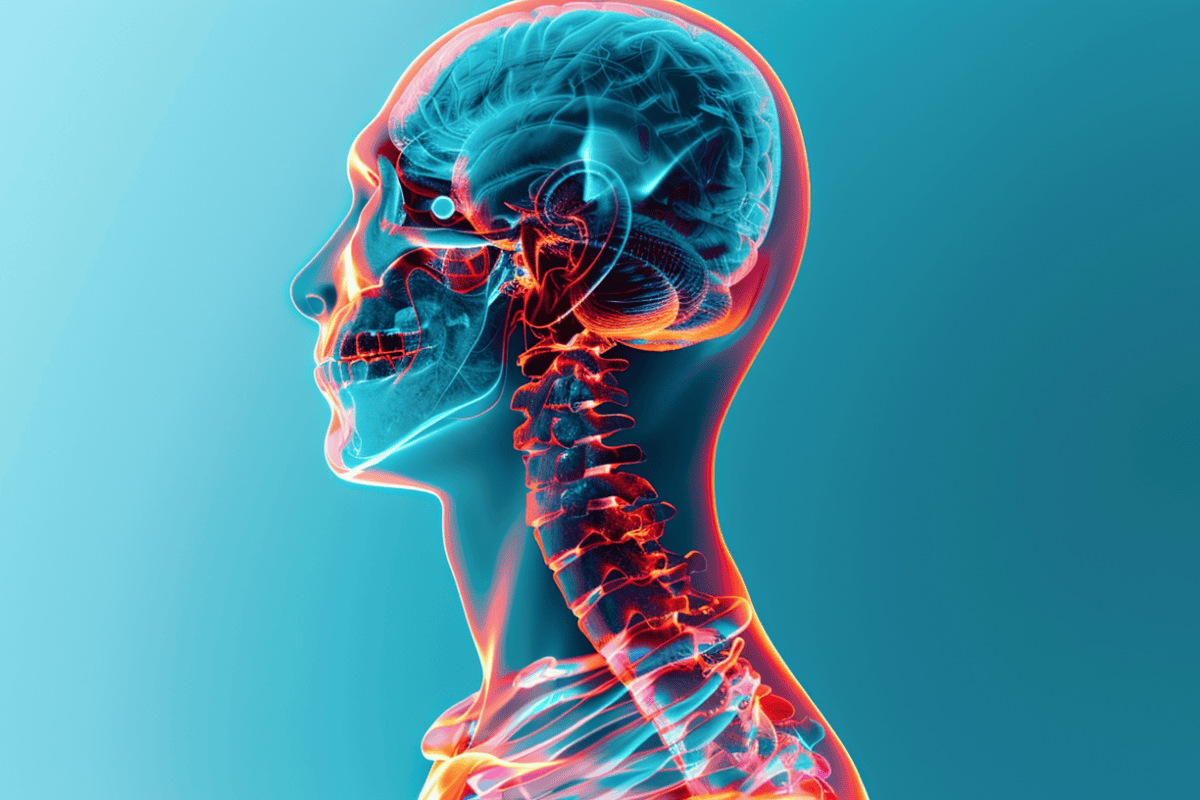Since the beginning of the pandemic in 2020, telehealth has risen in popularity. When COVID-19 occurred and the world went into lockdown, it was easy for patients to consult with their doctors using their smartphones or tablets. This allowed them to remain in the safety and comfort of their own home yet receive advice and diagnoses of their conditions.
The perks of telehealth don’t just stop at being able to consult with your doctor in your own home but it also saves you both time and money on the commute.
According to telehealth provider Theraplatform, with more and more patients turning to telehealth services, there are some common diagnoses that one can expect to receive during their telehealth appointment and here we discuss the 10 most popular ones.
Anxiety
Mental health is important. It can interrupt our daily lives and affect those around us. With anxiety, you may feel extreme bouts of fear, panic, and dread. Nervousness, an increased heart rate, trembling, concentration problems, and hyperventilating are some of the most common symptoms of an anxiety disorder. Though anxiety can be triggered by situations like public speaking, it is a more serious condition when the feelings become severe and overwhelm your thoughts.
Anxiety, which affects 19.1% of adults in the US, is easily diagnosed and treated, though, which makes it one of the more common diagnoses received through telehealth appointments. To diagnose this disorder, a doctor will perform a mental health screening by asking you a series of questions relating to your symptoms, how long you have had them, and how they affect your life.
Since anxiety can be linked to an underlying illness, your doctor may also order a series of medical tests to ensure that you are not suffering from diseases such as GERD, thyroid disorders, and bipolar disorder.
Once you have a diagnosis, they may then refer to you a mental health specialist who specializes in treatment of anxiety disorders. This can also be accomplished with telehealth visits.
Depression
Another mental health disorder, depression, which affects around 7.8% of the adult population in the US, can be detected during a telehealth visit. Similar to anxiety, a mental health screening is conducted in order to diagnose depression disorders. Since depression can be treated with medications and counseling, it is another popular diagnosis provided by telehealth appointments.
Depression is a serious but common medical illness. It impacts how you feel and think negatively and can greatly hinder your day-to-day life, as well as increase the risk of suicidal ideation and attempts. Getting a diagnosis for your depression is important and can be life-saving, so the fact that it can be diagnosed and treated using telehealth is valuable.
PTSD
Post-traumatic stress disorder, or PTSD, is a mental health condition that is brought on by a traumatic event that one has experienced or even witnessed. With this disorder, flashbacks of the event, nightmares, and severe anxiety are some of the most common symptoms.
Since these symptoms are mental and usually do not require further testing such as bloodwork or scans, PTSD is easily identified and treated via telehealth. While your doctor can have a hand in diagnosing this condition, they will often refer you to a psychiatrist who can also treat you through telehealth.
ADHD
ADHD, or attention deficit hyperactivity disorder, is a brain disorder that hinders the ability to pay attention, sit still, and have self-control. While ADHD is common in children and can affect both their school and home lives, it can also be diagnosed in adults and disturb their work.
ADHD, like the previous disorders, can also be diagnosed through a screening, a series of questions, which makes it another common telehealth diagnosis for both adults and children.
GERD
GERD, Gastroesophageal Reflux Disease, is an uncomfortable disease that affects your stomach and causes acid to move into your esophagus. The most common symptom is heartburn. Since the symptoms from GERD are specific and usually do not require further testing, it can be diagnosed during your telehealth visit. You can receive advice, treatment, and prescriptions by certified telehealth doctors to help in treating this unpleasant disease.
Hypertension
High blood pressure, or hypertension, is a condition that is quite common in the adult population. When your blood pressure is high, it can lead to bigger health problems down the road such as heart disease, stroke, and heart attacks. If you suspect that you have hypertension, you can discuss this with your telehealth doctor. They may ask you to test your blood pressure at home or at a pharmacy and may require you to keep a daily log of your readings.
Hyperlipidemia
More commonly referred to as high cholesterol, a blood test is required to receive a diagnosis. However, once the blood test is completed, you can discuss your treatment options with your telehealth provider.
Since hyperlipidemia does not usually show through symptoms, it’s important to receive routine blood screenings to keep an eye on your cholesterol levels, especially if you have a family history of hyperlipidemia.
Diabetes
Diabetes can have deadly consequences if left untreated, so it’s important to catch it early. Those in the pre-diabetic stages can even have their diagnosis reversed by changing their lifestyles and diet.
Since diabetes is such a serious disease, it’s important to get routine blood work done as this is how the disease is diagnosed. However, once you have your diagnosis, you can discuss any lifestyle changes you need to make as well as treatment plans and medications with your telehealth provider.
Asthma
The main test used to diagnose asthma is spirometry, which is a device where a tube is inserted into your mouth and connected to a spirometer. You will be required to take deep breaths in and out to determine your pulmonary function. When your results come back, your telehealth provider will diagnose you with asthma (should you have it) and discuss your treatment options with you.
Pain
Pain management centers have also begun offering telehealth services since the onset of the pandemic. Your telehealth provider will discuss the pain you are feeling, when it started, where it started and has since spread to, and how severe the pain is in order to diagnose your pain disorder. They may also provide you with a human diagram to color in where the pain is affecting and what type of pain it is such as stabbing, pins and needles, or burning.
They can then work with you to provide you with medication, exercises, and lifestyle changes you can make to help alleviate your pain.
Conclusion
Not every disease can be diagnosed through telehealth, so it’s important to be upfront and straightforward with your doctor regarding any symptoms you are experiencing so that additional tests can be ordered if needed. That said, telehealth will continue to be prominent into the future, even as the pandemic comes to an end. This is because it offers flexibility and does not require travel. Those who have busy and eventful lives, those with social anxiety disorder, or those who simply do not want to travel will benefit the most from telehealth appointments.
This is a sponsored post
Digital Health Buzz!
Digital Health Buzz! aims to be the destination of choice when it comes to what’s happening in the digital health world. We are not about news and views, but informative articles and thoughts to apply in your business.


